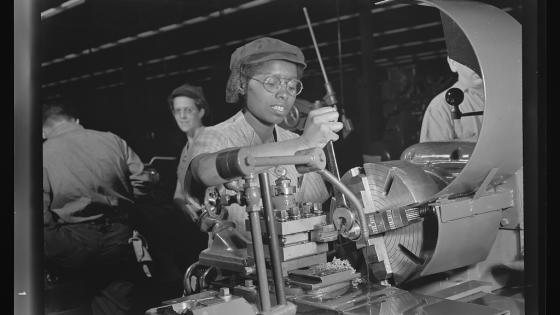DP1859 Discrimination and Skill Differences in an Equilibrium Search Model
In this paper, we analyse an equilibrium search model with three sources for wage and unemployment differentials among workers with the same (observed) human capital but different appearance (race): unobserved productivity (skill), search intensities and discrimination (Becker 1957) due to an appearance-based employer disutility factor. Because these sources affect the earnings distributions differently, empirical identification of these potential sources for the explanation of wage and unemployment differentials is possible. We show that the structural parameters of the model, including the firm?s disutility from certain workers, are identifiable using standard labour market survey data. We demonstrate identification using data from the National Longitudinal Survey of Youth. Estimation of these parameters by matching moments from a sample of black and white high school graduates implies: a) blacks have a 9% lower productivity level than whites; b) the disutility factor in employer?s preferences is 28% of the white?s productivity level; and c) 53% of firms have a disutility factor in their utility toward blacks.


